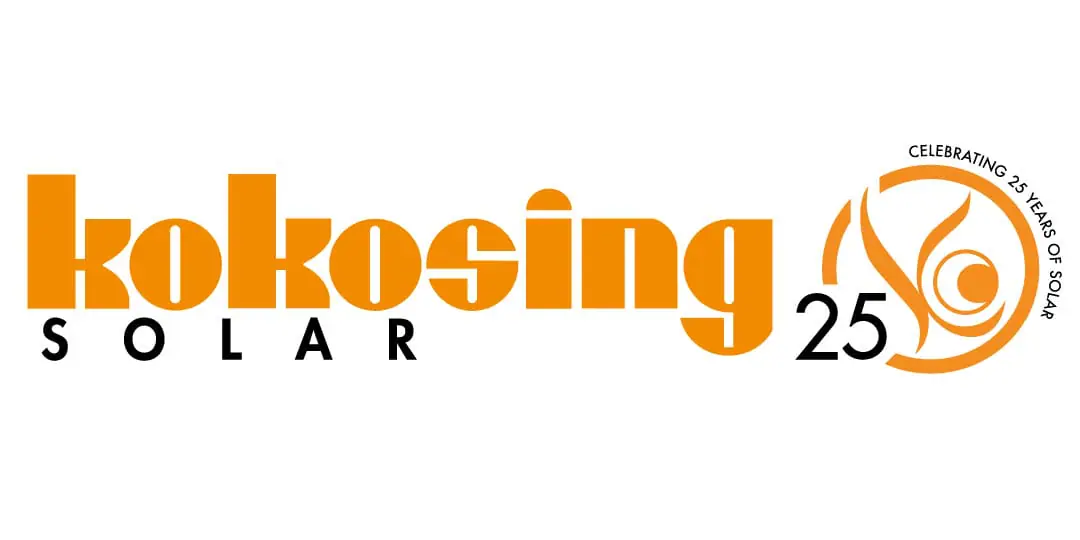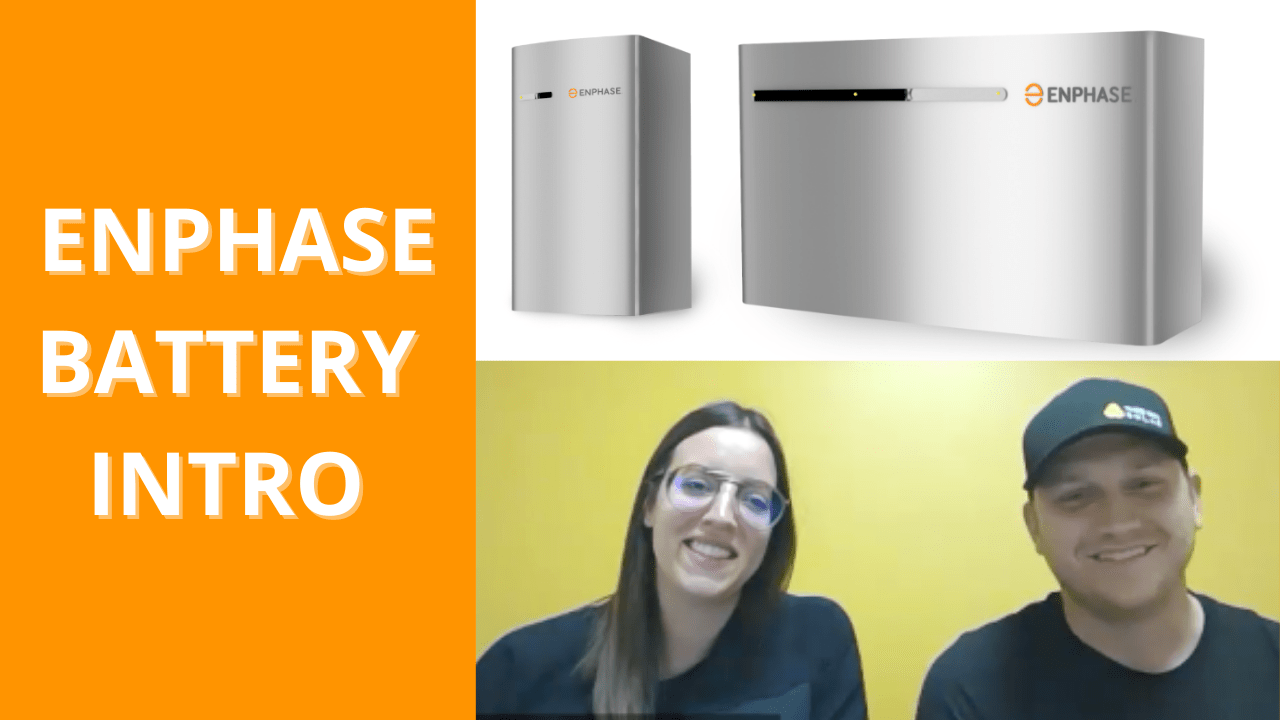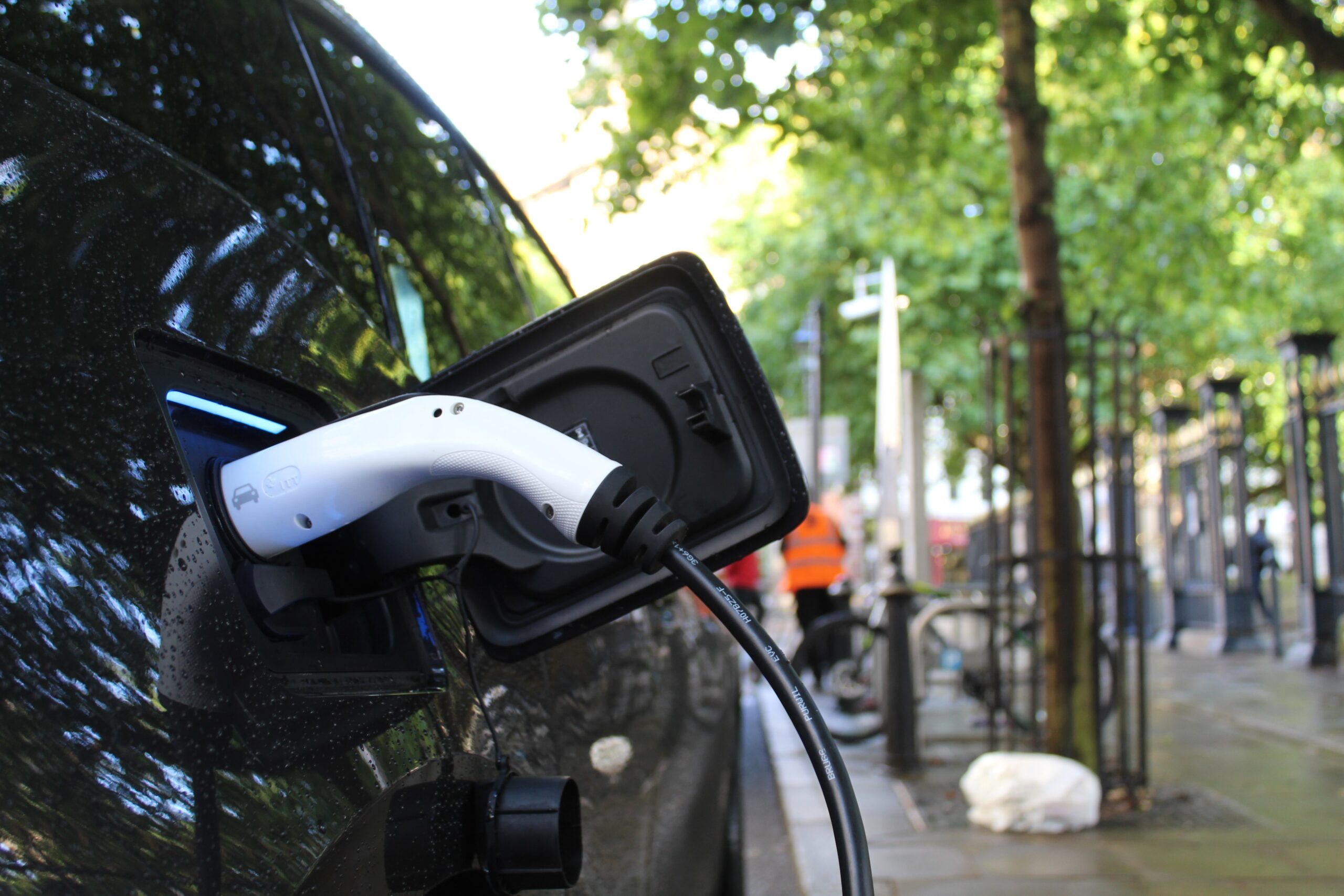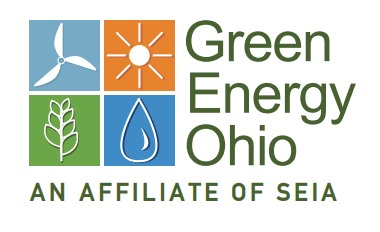You want to be comfortable in the summertime. You want to keep the AC at a suitable temperature to keep you and your family cool. If you have a pool, you need to keep your pumps running. But, come the end of the month, you keep getting hit with pricey utility bills.
And, with a consistent 3% rise in utility bills over the past decade, you are left wondering how to keep your bills predictable and economically keep your homes cool in the summertime.
It makes sense that if your bills are exceptionally high in the summertime, and the sun is hot and shining most of the season, that solar panels might be a solution to high summertime electric bills.
But is it true that solar panels will offset high summertime electric bills? Read on to learn more.
How Do Solar Panels Work?
Solar panels on your roof produce DC energy. This DC energy travels to an inverter. The inverter converts the energy into AC energy which is usable in your home.
When your home consumes energy while your panels are producing, the solar energy you produce powers the loads in your home (air conditioner, pool pumps, refrigerator, TV, water heater).
Any energy produced over what your home consumes is sent back to the utility grid and routed to power the loads in your neighbors’ homes.
Through a process called net metering, you get credit for that energy. These credits will be applied to your future electricity use when you pull energy from the grid when your solar panels are not producing power for your home (at night and in the wintertime).
The Key to Summertime Solar Energy
Luckily, solar panels have become an affordable option for homeowners.
Your solar system will produce the most solar energy in the summertime on long, sunny days. Once you have your solar system installed, you can expect low to no utility bills in the summer.
What else? Summertime solar production helps you prepare for the wintertime as you bank up credits with your utility for your excess solar production.
Tax Credits for Solar Power
In Ohio, our main incentive for installing solar energy is the federal investment solar tax credit.
The solar investment tax credit (ITC), which was scheduled to drop from 26% to 22% in 2021, will stay at 26% for two more years (2021 and 2022). This means that solar projects that reach completion in 2021 and 2022 will still receive a tax credit of 26%. All markets will drop to a 22% tax credit in 2023, and the residential market will drop to 0%, while the commercial markets will sit at a permanent 10% credit beginning in 2024.
Third Sun Solar’s Energy Production Guarantee
Third Sun Solar offers new customers a 5-year cash back energy production guarantee with 24/7 monitoring and 100% covered maintenance.
Key benefits:
- Our 24/7 remote monitoring systems are responsible for protecting hundreds of thousands of customers. We will know if your system is underperforming, often before you do.
- 100% covered system maintenance for all system parts and components- including wiring and inverters.
- Every year – if your system generates less than 95% of forecasted energy, we pay you for annual energy loss even if you experienced a bout of harsh weather!
Ohio’s Leading Solar Installer
It takes a lot to succeed in the Solar Industry for 20 years.
We are proud of the reputation we have built. We are a certified benefit corporation, Ohio’s longest-standing solar installation company, and women-owned and operated.
When you’re ready to go solar, remember to choose a quality installer that you can trust for many years to come. If you’re ready to reach us now, give us a call at 877-OWN-SOLAR or fill out the form below to start the process.
"*" indicates required fields











